Contact Us
International House, 38 Thistle Street, EH2 1EN
0131 258 0307
contact@linkedintosales.com
© Linked Into Sales 2025 - Part of E-business Promotion Ltd, Company No. SC356036, VAT Number 948185679 | Linked Into Sales is in no way associated with LinkedIn Corporation. Linked Into Sales is a third party organisation that provides LinkedIn Marketing and Training Solutions to help businesses with generating awareness and leads through marketing on LinkedIn. All trademarks recognised.



Sales Navigator: The Hidden Features (SSI)
Sales Navigator: The Hidden Features (SSI)
I was asked recently “What hidden features of Sales Navigator do most people overlook?”
In response, my newsletter will showcase some of the lesser-known features to help you gain a fuller understanding of Sales Navigator and its use. Of course, I’ll still share more of the well-known features and how to use them strategically.
Today, I’m going to talk about the Social Selling Index (SSI). Many on LinkedIn think it is meaningless, whereas others see it purely as a vanity metric. Read on to find out whether it is a valuable business tool and if you need to take it into consideration.
Let’s find out what it is first.
What is your Social Selling Index?
LinkedIn measures your social selling efforts via its ‘Social Selling Index’. It tracks and analyses all your activities (content, messaging, commenting, profile views, etc.) daily.
These activities are then segmented into 4 categories:
Establish your professional brand: Complete your profile with the customer in mind. Become a thought leader by publishing meaningful posts.
Find the right people: Identify better prospects in less time using efficient search and research tools.
Engage with insights: Discover and share conversation-worthy updates to create and grow relationships.
Build relationships: Strengthen your network by finding and establishing trust with decision-makers.
The Social Selling Index scoring
Your Social Selling Index on LinkedIn is updated daily, and you are assigned a score out of 100. You receive 25 points for each of the four categories.
A score of 70 is good, but ideally, you should aim for 75+, as this is where you’ll really start to see traction.
Your Social Selling Index score is designed to guide you in improving all aspects of your selling on LinkedIn. Monitoring it will help you identify areas for improvement.
How do you grow your Social Selling Index numbers?
* Establish your professional brand rating factors
Profile completeness: The more you fill in your profile, the better for your Social Selling Index, but don’t go ridiculously overboard. You need to consider the impression visitors to your profile will have.
On your profile, you will see a button called ‘Add profile section’, which, when clicked on, gives you the following additional sections:
If you wish to improve your Social Selling Index, add more information in these sections to boost your score.
Keywords: When adding content to your profile, think about the keywords you want to target. It helps with your branding, and for you to appear in the search. After all, LinkedIn is a 1 billion-member search engine.
Multimedia on profile: LinkedIn wants users to add multimedia to their profiles so visitors can find out more about the user. Multimedia files can range from videos to PDFs and from website links to images. Multimedia can be added to most sections, but remember to think about visitors to your profile and showcasing your best stuff.
Background photo (aka Banner): Those who leave the default LinkedIn background photo get penalised. If you haven’t bothered to add one, why should LinkedIn direct visitors there? Your background photo is such a visible part of your profile that not branding up this ‘advertising real estate’ is a crime that deserves losing SSI points (IMO)! It’s one of the basics of optimising your LinkedIn profile.
Endorsements & Recommendations: Giving and receiving endorsements and recommendations shows that you’re an active participant on LinkedIn.
Long-form content and followers gained: Publishing meaningful posts and articles is the last major element of your ‘Establish your professional brand’ rating. The goal for LinkedIn is that these pieces of content are popular, with high engagement, comments, and reposts, and that you grow your followers.
* Find the right people rating factors
Advanced lead and account searches: You will see an increase in your Social Selling Index when you create people searches regularly to find people in your target market and add them to your network. Use advanced filters in Sales Navigator to find your precise best audience and save these searches to receive notifications of new entrants.
Prospecting profile views: The more you view and add (2nd and 3rd connections) targeted profiles into your network and engage with them once they’re in your network (1st connections), the higher you’ll score.
Inbound profile views: Engagement should not be one way, so the more inbound views you generate from the right people, the more your score will increase
Leads saved: Saving leads in Sales Navigator is a factor that will help your score. Be careful, though, not to save people for the sake of it; the more people you save, the more data you need to process to find people and companies to start conversations with.
Acceptance rate for connection requests sent: The higher your acceptance rate, the better your score. Your search, message, activity before sending a connection request, and profile optimisation (headline and photo) are major determinants of this rate.
* Engage with insights rating factors
Engagements given and received: Your engagement, comments, and reposts on your posts help your score.
Shares: Don’t post and ghost. Respond to those who like, comment, and share your content
Groups joined: Join LinkedIn Groups and be an active member by engaging and sharing insights.
Accounts saved: Regularly save accounts (companies) inside of Sales Navigator.
Research views: Regularly view account pages and scroll the homepage of accounts within LinkedIn and on Sales Navigator.
Messages sent response rate: The higher your response rate, the higher your score. Aim for a response rate of 10% response or higher.
* Build relationships rating factors
Connections: Building relationships and growing your network helps boost your score.
VP+ connections: Build relationships with decision-makers who can potentially buy.
Internal connections: Build relationships and start conversations with people in your target market.
Days active: Your activity on LinkedIn and Sales Navigator is a factor. The more you’re active, the better you’ll score. Respond to invitations, messages, and notifications promptly.
Why You Should Care?
Research shows us that those with a higher Social Selling Index score can do more on LinkedIn and get more from LinkedIn. So you will be able to:
Send more connection requests: The higher your Social Selling Index, the more connection requests you can send. Officially, according to LinkedIn, you’re able to send 100 connection requests every week. With Sales Navigator, you can do more, but with a high SSI score, you can send even more (200+). So for those on LinkedIn who are looking to build a network of highly targeted people, your SSI matters (as well as having Sales Navigator).
Gain better organic reach: The higher your score, the more organic reach you can get for your content. There are obviously more elements than just your Social Selling Index to determine your reach (the number of followers, the quality of the post, the topic, etc), but a score of under 60 will negatively impact the reach of your posts. So even top creators on LinkedIn should be aware of their score.
Rank higher in search rankings: One of the goals on LinkedIn for most people is to drive people to check out your profile. A low Social Selling Index score has an impact on this. Why would you inhibit the 1 billion users from finding your profile?
How to find out your score?
Now that you know all about your Social Selling Index score, how do you find out your score?
It’s very simple: visit www.linkedin.com/sales/ssi.
Although, the Social Selling Index is a Sales Navigator feature, all users on LinkedIn have a score and can find it out from the link above.
In Summary
Everything you do on LinkedIn is tracked and analysed by LinkedIn. LinkedIn rewards users who bring the most benefit to them.
So if you buy and use Sales Navigator, you are rewarded with not only a fantastic tool but also the ability to grow your Social Selling Index more easily by using Sales Navigator’s features. This, in turn, gives you more reach from content, search, and connection request capabilities.
In a similar way, those who generate eyeballs and time on their content are rewarded, too, through the algorithm. If you view a post from a creator, funnily enough, their next post will appear in your feed the next day. LinkedIn makes money from advertising and creators gain and keep the attention of users on LinkedIn.
If you combine having and using Sales Navigator effectively with producing popular content, LinkedIn will really love you!
Watch your Social Selling Index really grow, along with your business.
Categories